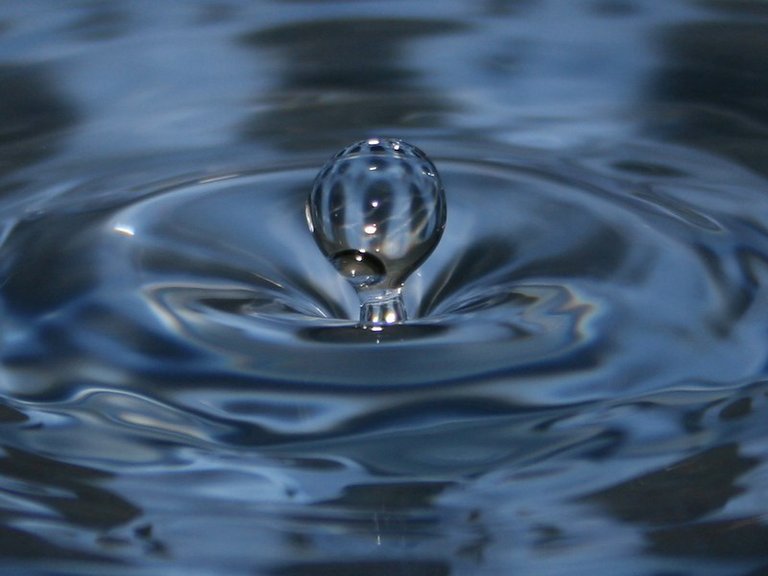What are liquids, or let me just say what is a liquid? It is surprising how we are able to name a lot of solids as well as solutes but are not able to name a number of liquids. You would expect that I mention juice, milk, or even blood as liquids right? To a reasonable extent maybe but in reality they are solute that dissolved in liquid so while you might want to refer to them as liquids, they are not actually pure liquids, so what is liquid.
Actually, in pre modern times, people would come across liquid fat from plants and animals, and that we can say is a liquid that is non-water but in recent time, we have been able to know that we have a few things that classify as liquids that are non-water and we can find a countable number of them on our periodic table. Actually among the over 100 elements of the periodic table, only 2 elements Bromine and Mercury are liquid at room temperature. Most solids have a temperature that they will become liquid like the element Gallium which becomes liquid at 10 degrees above room temperature, Diamond becomes liquid at 3600 degrees temperature, and every gas has a pressure and temperature that will cause it to condense to become a liquid. In the molecular form, what makes liquid what they are? Every molecule and atom interact with one another within a substance as a result of intermolecular forces and while liquid can be split or divided into portions, only chemical reactions can break the molecules of the liquid into different parts such as in the case of water being split into hydrogen and oxygen through electricity. This intermolecular force can be divided into 2 being the London dispersion force which is the weakest among the intermolecular forces since it is based on the clustering of electrons which takes place inside molecules and are majorly noble gases and non-polar gases such as neon and helium, all types of oil, and carbon dioxide. The next one is the Dipole-dipole forces which is the attraction between opposite partial charges of polar molecules. Some people might refer to hydrogen bonding as a third type and it is a special type of dipole-dipole force between hydrogen and electronegative elements of polar molecules. Intermolecular forces is responsible for why matters are able to change from one phase to another. For instance the molecules of solids are in one place, stuck there and are vibrating with intermolecular forces holding them together but when it comes to changing the phase of matter of any molecules, it depends on the kinetic energy which is dependent on heat. if there is enough heat in the form of thermal energy, the kinetic energy of the particles increase enough to overcome intermolecular forces which are weak causing the molecules to flow freely instead of in a fixed solid state and this is where it becomes liquid. For liquid to become gas, the liquid needs to acquire enough kinetic energy in other to escape the surface by absorbing thermal energy. In gas state, the intermolecular force is weaker than in liquid which is weaker than in solid. Gases have low density and are highly compressible because its particles are far apart. Liquids which are discussing are in the middle of solid and gasses but are more similar to solids than gasses as they are less dense and more compressible than solids. When a liquid is floating in air, it merges into a compact shape which is a sphere shape but when it is not in space, its free edge will curve to approach the spherical shape possible before the weight of the water over power the intermolecular force holding it together. In a container, the molecules of the liquid needs to be attracted to the container just as it is attracted to itself which is what helps it take the shape of the container unlike solids and gasses.
https://chem.libretexts.org/Courses/Sacramento_City_College
rawpixel
https://chem.libretexts.org/Bookshelves/General_Chemistry/Map%3A_Principles_of_Modern_Chemistry
https://chem.libretexts.org/Bookshelves/Physical_and_Theoretical_Chemistry_Textboo
https://archive.nytimes.com/www.nytimes.com/library/national/science
https://study.com/academy/lesson/liquid-state-properties-examples-chemistry.html
https://study.com/academy/lesson/states-of-matter-solids-liquids-gases-plasma.html
https://www.chem.purdue.edu/gchelp/liquids/disperse.html
https://www.chem.purdue.edu/gchelp/liquids/dipdip.html![]()

The liquid state is an interesting one and its ability to take any shape is fascinating. You know, i have never really considered the fact that liquid in space is spherical in shape. When I read it here, I had to go check again. Thanks for the post.